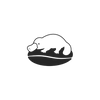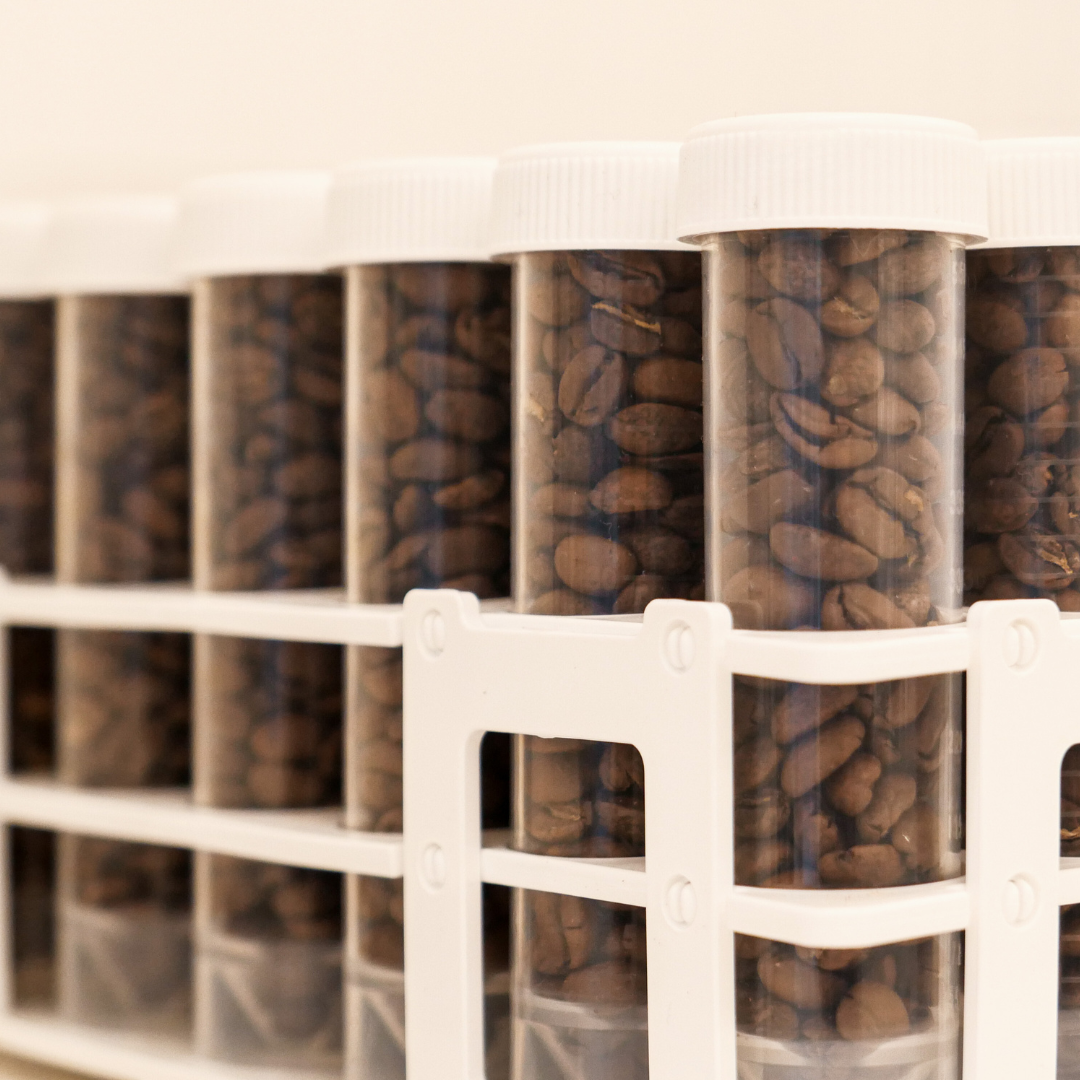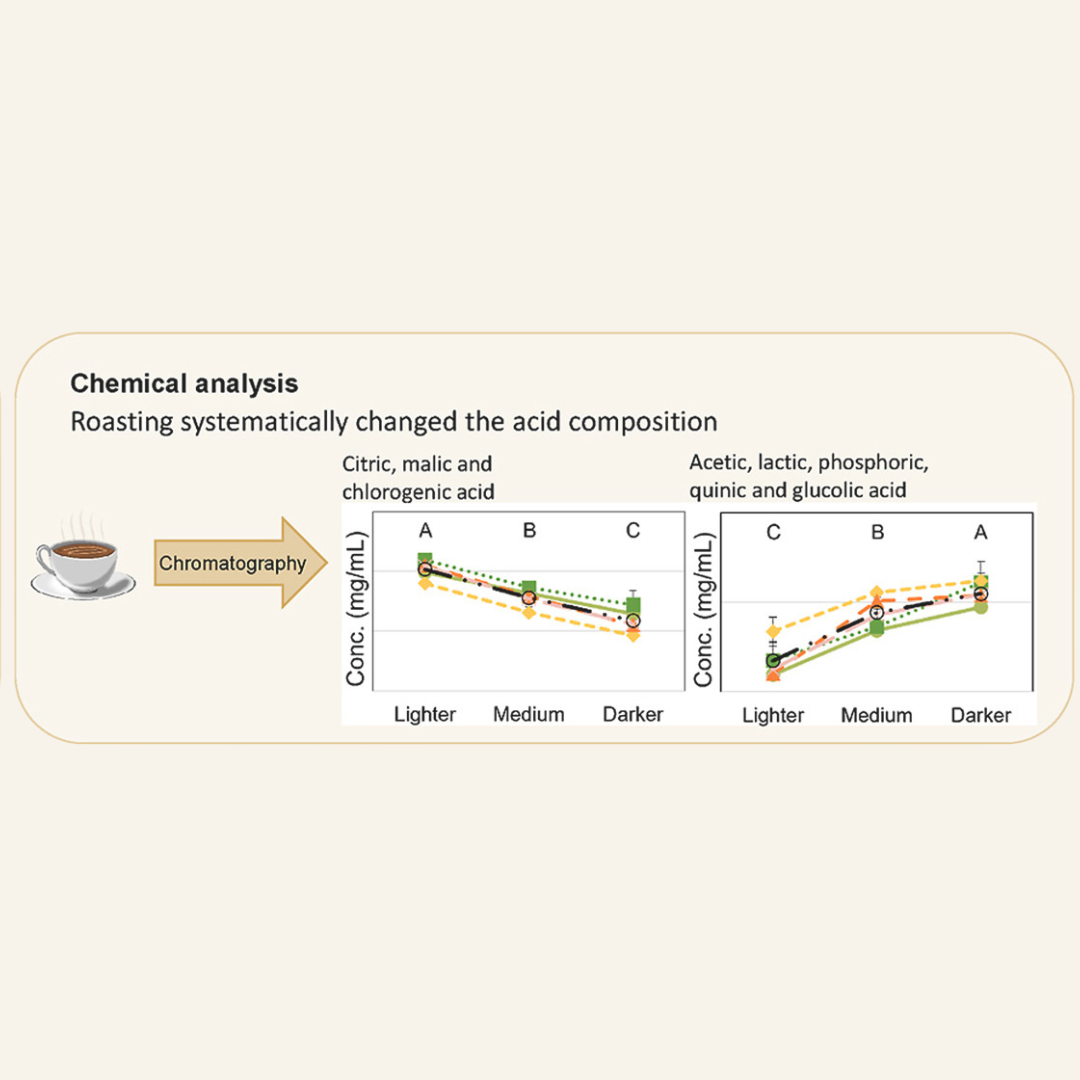Nowadays, there are so many people drinking their own brewed coffee at home. It could be an espresso, flat white or filter coffee. It just can be any type of coffee.
In this article, how to brew a better coffee is going to be discussed, especially when at home.
Choose the right bean
The first step is to choose the right bean. For example, you are a milk coffee drinker and you are choosing a light roast Panamanian geisha which is not ideal. I’m not saying that this is wrong or this is going to be bad taste, but am saying that this wouldn’t fit. Or the other way that filter coffee drinker chooses a dark roast milk blend. It wouldn’t taste good unless the person is a bitter-taste-lover.
So, what do we see when choosing the bean?
You should know what you like. As mentioned, it could be a filter, espresso or milk coffee. Then, you should choose the bean that is roasted for your preferred brewing method. If you’re a milk coffee drinker, you may choose a medium or dark roast blend. And if you’re a filter coffee person, you may choose a light roast coffee.
Choose the tool
This is a hard topic because there are so many different tools. In this article, we’re focusing on filter brewing tools only as espresso drinkers would have an espresso machine.
First of all, the level of difficulty is different between the tools. In my opinion, Hario v60, Clever, Chemex, Kalita Wave, Aeropress, December, Kono, and Origami are common and are the easiest ones to get in hand. From these tools, Clever and Aeropress are the easiest, V60, Wave are the most common, and the others are a bit maniac. Choosing the tool is totally up to the brewer’s preference.
(From my personal experience, I use Hario V60 at home but always give Clever as a present if the receiver is not a person in the coffee industry.)
Brewing Water
Nowadays, everyone says that water is important! How? Generally, approximately 98.5% of a cup of coffee is water. That’s how much it is important.
At home, it is hard to get the cafe-quality water as nobody installs a commercial water filtration system. (Well…someone may do that.) Then, what should we do for the water?
The first option could be getting something like portable water filtration bottles (HTTPS://WWW.BRITA.COM.AU/FILL-AND-ENJOY). And the other is water bottles from supermarkets. For the water specification, any water that has a total ppm between 20~120 is good to use. From my personal experience, Voss is great, Coles is good, Woolworths is average and the others are………… :)
Grinding
If you have your own grinder, that’s perfect! Otherwise, you are probably asking baristas to grind your coffee when you are buying it.
For those who do not have a grinder, here is a tip. Bring a zip bag when you go to buy a bag of coffee, and take 3/4 of coffee from the bag into the zip bag and grind only 1/4. After using the 1/4, then grind another 1/4. This is because grinding accelerates loss of aromatic compounds of coffee. If you grind all of your coffee at once, the first couple of cups will taste okay but the rest will taste much worse than it supposes to be.
The other option is to get the ground coffee and vacuum seal it. Vac sealing stops changes of the coffee. It just pauses.
Brewing Recipe
You can search millions of brewing recipes online. But it does not work the same way all the time as coffees and roasting styles are different. So, just refer to the guide recipe and try to find your optimal style for the coffee. This will be fun.


